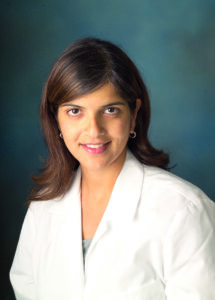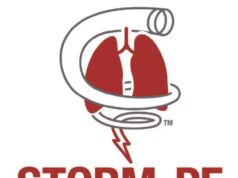
During the 2024 American Venous Forum (AVF;March 3–6) in Tampa, Florida, multiple presenters discussed inequities in venous care with a focus on how to get more patients into research, how geographic and demographic factors determine care both pre- and post-COVID-19, and how to identify populations vulnerable to venous disease.
Presenters brought forward addresses dealing with the social disparities in pulmonary embolism (PE) and deep vein thrombosis (DVT) during the COVID-19 pandemic; how race, biological sex and geographic disparities played a role in PEs prior to the COVID-19 pandemic; how to identify populations that are vulnerable to venous disease; a lack of education regarding venous disease for both providers and patients; and finally how to get more patients into research so they understand their diagnoses.
Ulka Sachdev, MD, associate professor of surgery and chief of vascular services at the Magee-Womens Hospital of UPMC in Pittsburgh, Pennsylvania, spoke on the latter topic, and began by referencing a paper published in the New England Journal of Medicine. “The article stated the following: That there have been centuries, actually, of disparate health outcomes in the U.S.,” Sachdev told the audience.
Sachdev argued that, in order to help remove biases in medicine and care, clinical trials in specific geographic locations should have patients that represent the local census data. She specifically mentioned Pittsburgh, where the population “is about 65% White, almost a quarter Black, Asians are about 5%, and the rest is falling under that 5% range or close to it … that means that, if I’m going to be recruiting patients to look at body markers in venous disease … I’m really going to try to at least hit these numbers because this is the city I’m looking at.”











